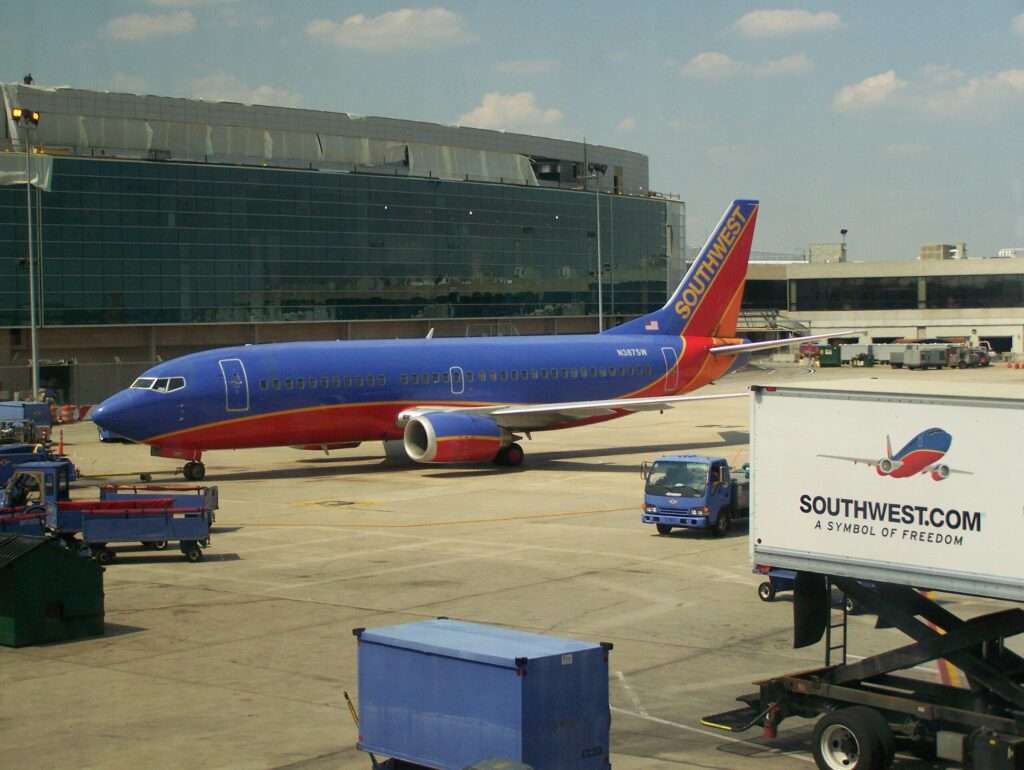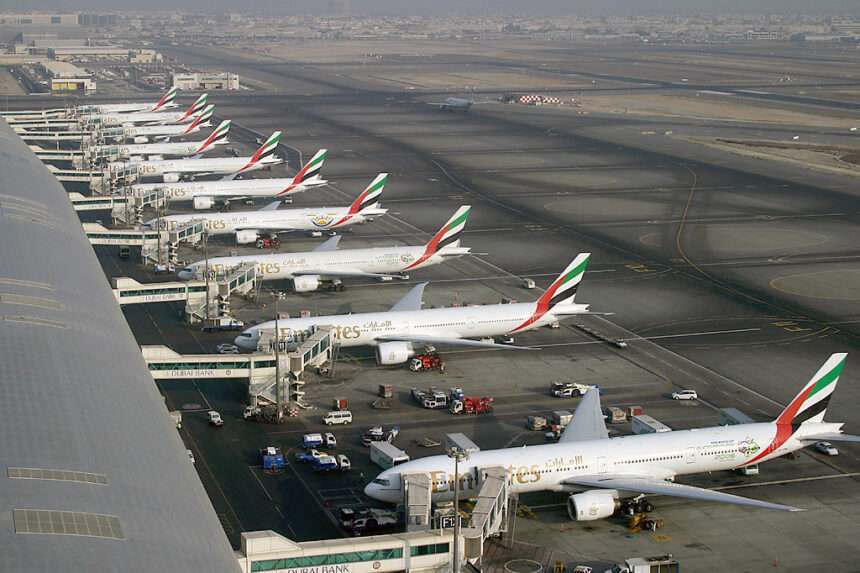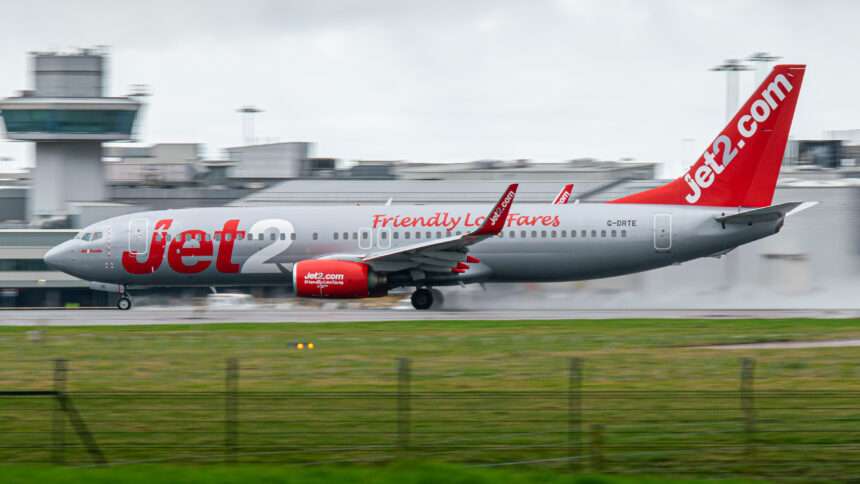Philadelphia International Airport (PHL), a cornerstone of the city’s transportation network, boasts a rich history that reflects the evolution of air travel.
From its humble beginnings as a training ground for National Guard pilots to a bustling international hub, PHL has played a crucial role in connecting Philadelphia to the world.
The Seed is Sown: Early Days of Aviation (1920s-1930s)

The story of PHL starts in the mid-1920s.
Recognizing the growing potential of air travel, the City of Philadelphia purchased a 125-acre plot on the city’s outskirts.
This land, initially used for training Pennsylvania National Guard aviators, became the foundation for what would eventually be PHL.
A pivotal moment arrived in 1927 when Charles Lindbergh, fresh off his transatlantic feat, landed his plane at the site, then known as the “Philadelphia Municipal Aviation Landing Field.”
However, commercial air service remained limited, with airlines primarily operating out of Central Airport in nearby New Jersey.
The Great Depression stalled significant development for several years.
However, a crucial step came in 1930 when the city acquired the vast, abandoned Hog Island shipyard, located adjacent to the existing airfield.
This land provided the space needed for a major airport expansion.
Taking Flight: The Birth of Philadelphia Municipal Airport (1940s)
Construction of a dedicated terminal building began in 1937, and on June 20, 1940, Philadelphia Municipal Airport officially opened its doors.
This marked a turning point, attracting major airlines like American, Eastern, TWA, and United to move their operations from Central Airport to the new facility.
World War II significantly impacted PHL.
The federal government requisitioned control, using the airport as a military training base.
This wartime period saw the construction of additional runways and hangars, further laying the groundwork for future growth.
The Jet Age and Beyond: Growth and Transformation (1950s-1990s)
The post-war era witnessed a surge in air travel.
Philadelphia Municipal Airport, renamed “Philadelphia International Airport” in 1947, experienced a corresponding rise in passenger traffic.
The 1950s saw the construction of new runways to accommodate larger jet aircraft, ushering in the jet age.
Throughout the 1960s and 1970s, PHL continued to expand.
New terminals were built, and existing infrastructure was upgraded to handle the increasing number of passengers and flights.

Notably, PHL became the official weather observation point for the National Weather Service in Philadelphia, solidifying its role as a central hub for the region.
The latter half of the 20th century also saw the emergence of major carriers like US Airways at PHL.
These airlines, along with established players like American Airlines, solidified the airport’s position as a vital East Coast gateway.
Modernization and Challenges: Navigating the 21st Century (2000s-Present)

The early 2000s brought new challenges to PHL.
The September 11th terrorist attacks and the subsequent economic downturn led to a decline in passenger traffic.
However, the airport authority responded with a focus on innovation and efficiency.
A multi-billion dollar capital improvement program was implemented, featuring terminal renovations, technological upgrades, and the expansion of cargo facilities.
Additionally, PHL actively pursued new air service options, attracting a wider range of airlines and destinations.
Today, Philadelphia International Airport remains a critical transportation hub for the region.
It boasts a robust network of domestic and international flights, serving as a major economic engine for Philadelphia and surrounding areas.
PHL continues to invest in sustainability and technological advancements, ensuring its position as a leading airport in the ever-evolving world of air travel.

Click the banner to subscribe to our weekly newsleter.

Click the photo to join our WhatsApp channel so then you can stay up to date with everything going on in the aviation industry!








